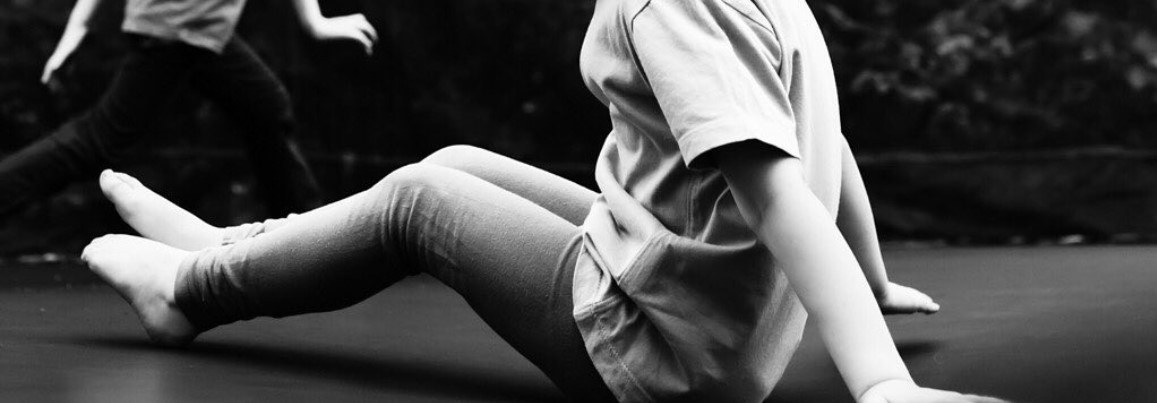Guide To Trampoline Safety
For the last 60 years safety has been paramount to Mr Trampoline.
Safety Tips
All trampoline companies like to claim that they have the safest product. In fact, compared to sports like football the incident of injury on a trampoline is minimal. Learning correct techniques and safety practices will greatly reduce mishaps.
Five points to minimise risk
Dr H Edsel Buchanan, a three time NCAA Trampoline Champion, recommends the following five points to minimise risk:
- Select a trampoline that adheres to safety standards and is made with quality materials
- Maintain the trampoline to good working order
- Use the trampoline at appropriate times
- Be a responsible parent / owner
- Seek guidance from a qualified trampoline instructor for correct technique and progression to more challenging manoeuvres. You will find this particularly rewarding.
Further tips
- Take particular care to observe the weight limitations
- Keep the area around the trampoline clear
- Bare feet provide a better grip
- Jump in the centre of the trampoline
- Replace worn parts to avoid further wear which may result in sudden breakage
- Teach a set of ‘trampoline rules’ to children with regard to their individual age and ability
- Have a protective surface around your trampoline to cover springs and framework
Quality of materials is more important than shape
Since the 1930′s trampolines have been rectangular in shape. In the late 1970′s non rectangular trampolines (circular) were introduced. Some companies have claimed that because their trampoline is round it is safer. It is simply untrue to state that shape alone offers maximum safety. Independent research has shown that from a safety perspective the ‘G’ stress delivered on the back and neck during the bounce is less with trampolines that deliver progressive stretching of the springs (rectangular trampolines). The progressive stretching of the springs produce a deeper, softer more controlled bounce. This is quite different to a round trampolines. Also spring length and stretch range is a key factor in delivering a safer more controlled bounce.
